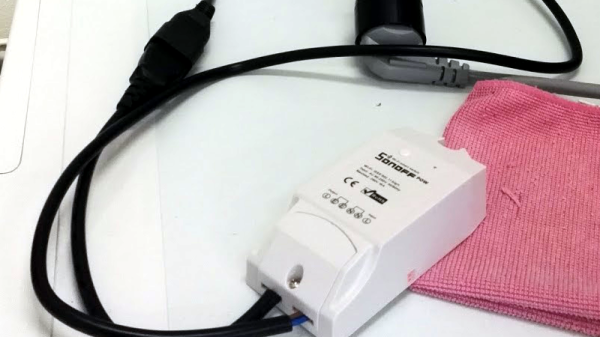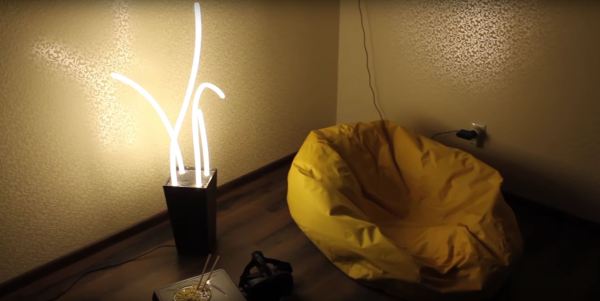Feeding the cat should be a moment of magic, in which you bond with your adorable pet as she rubs seductively against your ankles. As you place the saucer of tender and moist meaty chunks on the floor, she bounds the length of your kitchen, excited expression on her little kitty face, and tail in the air.
If Hackaday made television adverts for cat food, we’d have it nailed. But our everyday reality involves the cute-as-heck Hackaday moggy turning into a persistent little pest when she decides it’s feeding time. [ThinkSilicon]’s friends had exactly this problem, with their furry friend’s preferred timing coming early in the morning. His solution? An automated cat feeder (translated) that dispenses kibbles from a hopper into the lucky mouser’s feeding dish.
The mechanical part of this endeavour is pretty straightforward, a servo moves a sliding piece of plywood with a hole cut in it across the bottom of a hopper full of cat food. Move the slide, dispense food down a chute to the waiting happy cat. Behind the scenes is an ESP8266 and a NodeMCU web service, through which feeding time can be either scheduled, or dispensed at will.
A happy cat means a happy owner, especially in the very early morning. Until that is the newly-sated creature decides to spread the love, jumping onto the owner’s bed in thanks and breathing cat-food-breath into their face. You really do have to love ’em!
We’ve shown you many cat food related projects in the past, including this Arduino take on the same idea. But why take the effort to trigger it yourself, when the cat can do it for you.


















